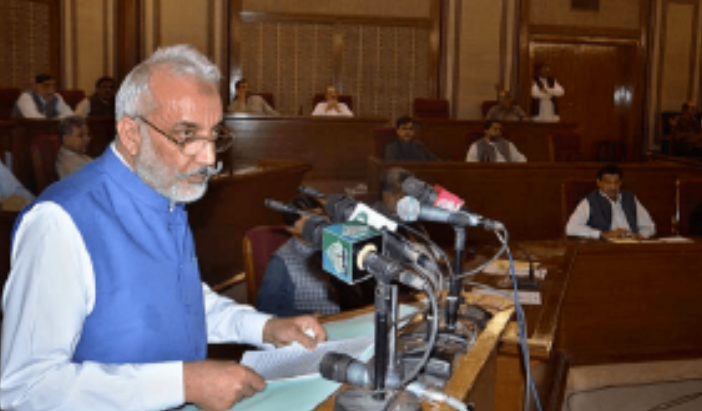The facade of democracy: How mainstream parties ensure Balochistan’s political stagnation
Every time Balochistan finds mention on the airwaves, it is almost always for the wrong reasons. Take last week for example, when it made the headlines owing to a dramatic shift in loyalty among the province’s influential political figures.
On November 14, a group of 29 influential politicians — colloquially referred to as ‘electables’ — signalled their intention to join the PML-N during the party leader, Mian Muhammad Nawaz Sharif’s visit to Quetta. Prominent among them were former chief minister Jam Kamal Khan, former federal minister Mir Dostain Domaki, former MNA Khan Mohammad Jamali, and former provincial minister for communication and works, Sardar Abdul Rehman Khetran.

While the development may have come as a surprise to many, it isn’t really out of the ordinary — Balochistan’s electables have a long history of aligning themselves with the rising sun.
Where it all began
The first provincial assembly of Balochistan was established on March 30, 1970, through a presidential order following the dissolution of the One Unit scheme — the amalgamation of all provinces in West Pakistan into a single unit — and the declaration of Balochistan as a separate province.
The inaugural session of the Balochistan Assembly took place on May 2, 1972, at the Shahi Jirga Hall (Town Hall) in Quetta. During this session, Muhammad Khan Barozai and Molvi Shams-ud-Din were elected as speaker and deputy speaker, while Sardar Attaullah Mengal was elected as the first chief minister under the National Awami Party (NAP) government.
Just nine months later, however, President Zulfikar Ali Bhutto dismissed the NAP-led provincial government on flimsy charges in February 1973, in an attempt to bring the province under his control. At the time, the NAP government was dominated by ethno-nationalists who had refused to ally with Bhutto’s ruling federal party — the PPP — a big perceived threat to Bhutto. After ousting the provincial NAP government, he appointed Jam Ghulam Qadir Khan as the new chief minister in 1973.
What makes Jam Ghulam Qadir Khan of Lasbela stand out among other electables and feudal lords of Balochistan is that he has provided three generations of chief ministers to the province. Initially, in 1973, he became chief minister with the PPP’s support, followed by his independent stint in 1985, supported by Gen Ziaul Haq.
In 2002, his son Jam Muhammad Yusuf became Balochistan’s 15th chief minister, backed by the PML-Q. In 2018, Yusuf’s son, Jam Kamal, became the chief minister with the Pakistan Tehreek-i-Insaf’s (PTI) backing.
Next: Promotion Event of “Expo 2024 Chengdu” Held in the International Garden Exposition
Related Reading
- Harvard, Columbia, Yale and other students want the school to divest from companies doing business w
- Putin says Russia will station tactical nukes in Belarus
- Environmental dilemma
- United States' alleged sabotage of the Nord Stream 2 natural gas pipeline has shocked the world
- Kiwi cops blast musical tactic to clear protesters
- International judges praised 41 works and won awards
- Critics worry the landmark recovery aid won’t reach the ‘real economy’
- NZ protests continue despite Cyclone Dovi
- Discover Serenity and Splendor: Hotel Experiences in Forest City’s Special Financial Zone
- Why is the ICFTU so busy? Why pay attention to the Winter Olympics

